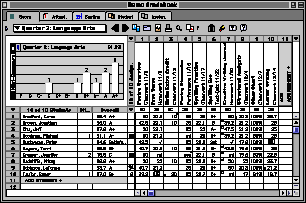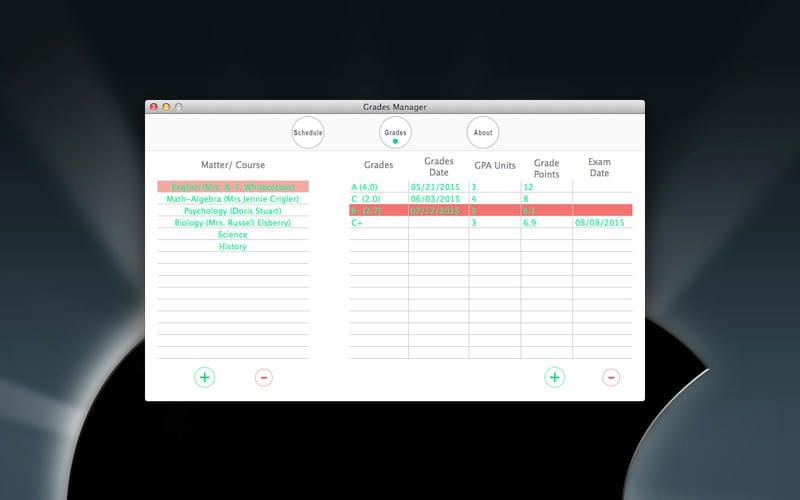

If this is you, the upgrade is something you should do as just soon as you feel comfortable.Īs mentioned, Windows 8 emphasized tablets at the expense of laptops, but it isn’t particularly easy to use with a tablet and add-on keyboard, especially when combined with a mouse. Their device is frequently combined with an external keyboard so it can function as a 2-in-1 laptop, with professional software like Microsoft Office in frequent use. Hardcore Tablet Usersįor many, a Windows tablet is their primary computer, or at least a close second. Microsoft will have ironed out all the wrinkles by then, and it will be time to start trying out the new features. Sometime before Jyou should install Windows 10. The same can be said of Windows 8, though, and there’s wisdom in the philosophy of “If it ain’t broke, don’t fix it.” There’s no burning need for casual users to change to Windows 10 any time soon, especially as Microsoft will still be finding and fixing bugs for months.īut the free upgrade to this new version is available for only a year. What it comes down to is Windows 10 is a good operating system for a casual user to have on their tablet. And it lets you draw on web pages and save the marked up version to OneNote, something tablet users are likely to find a use for. This is one of the weaker features of the new operating system, but it will surely improve with time.



Windows 10 has a new browser called Microsoft Edge. This voice-activated virtual assistant makes the jump from Windows Phone for the first time, and has the potential to become very useful, once you get used to its quirks and limitations. Even better, switching between running apps is as easy as pushing an on-screen button.Ĭasual users might like Cortana more than business users. Any application can be run in Tablet Mode, not just Metro apps. The jarring switch from the Metro interface to the Windows Desktop needed to access classic Windows software is gone. Plus there are improvements for tablet users. The Charms Bar is gone, but sweeping in from the right with your finger now opens up the new Action Center, which includes both notifications of alarms, incoming emails, and similar items, as well as buttons to toggle a variety of settings. And applications that were in windows go to full-screen mode, though these can be set up so that multiple apps share the screen. So, for example, pushing the Start button when in this mode brings up the Start screen with the familiar collection of Live Tiles. There’s a Tablet Mode that bears many similarities to the Metro interface of Windows 8. But that doesn’t mean Microsoft ignored tablet users when creating Windows 10.


 0 kommentar(er)
0 kommentar(er)
